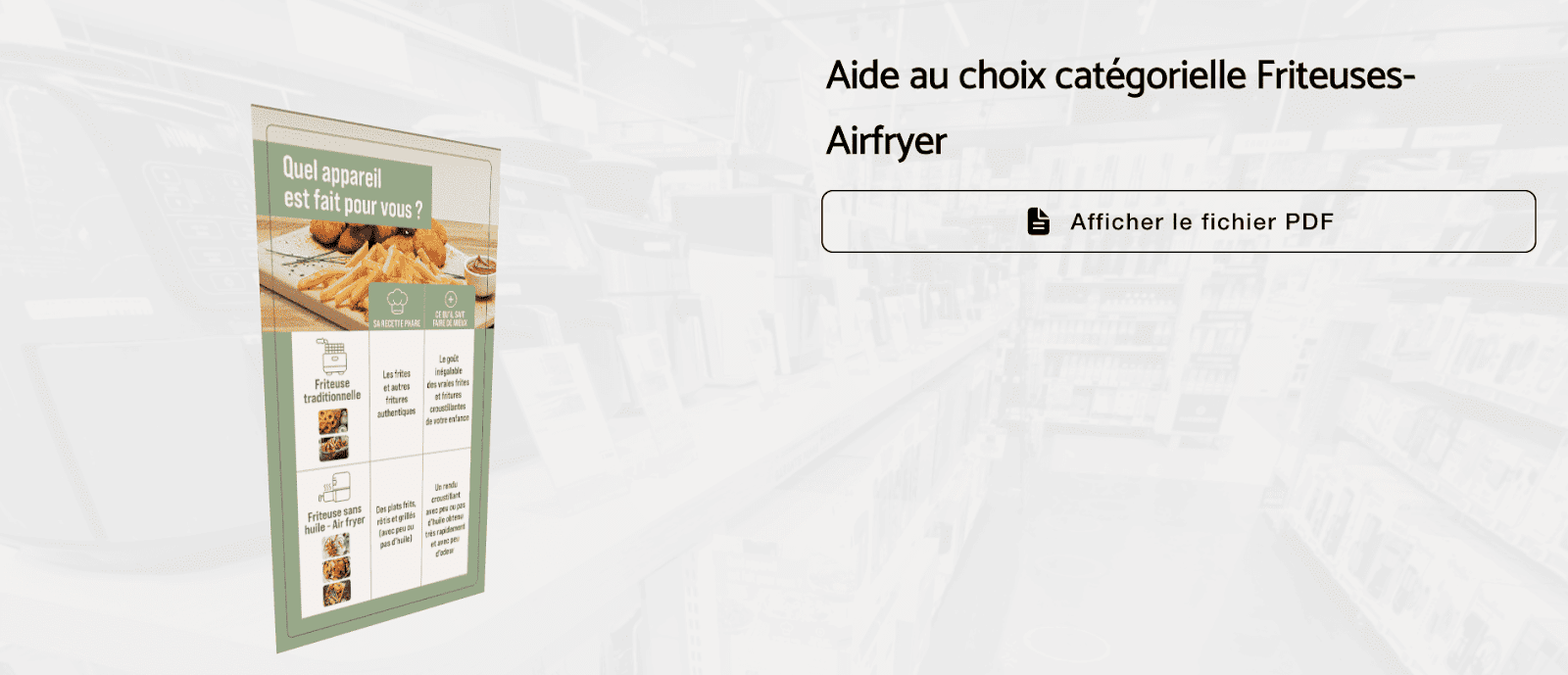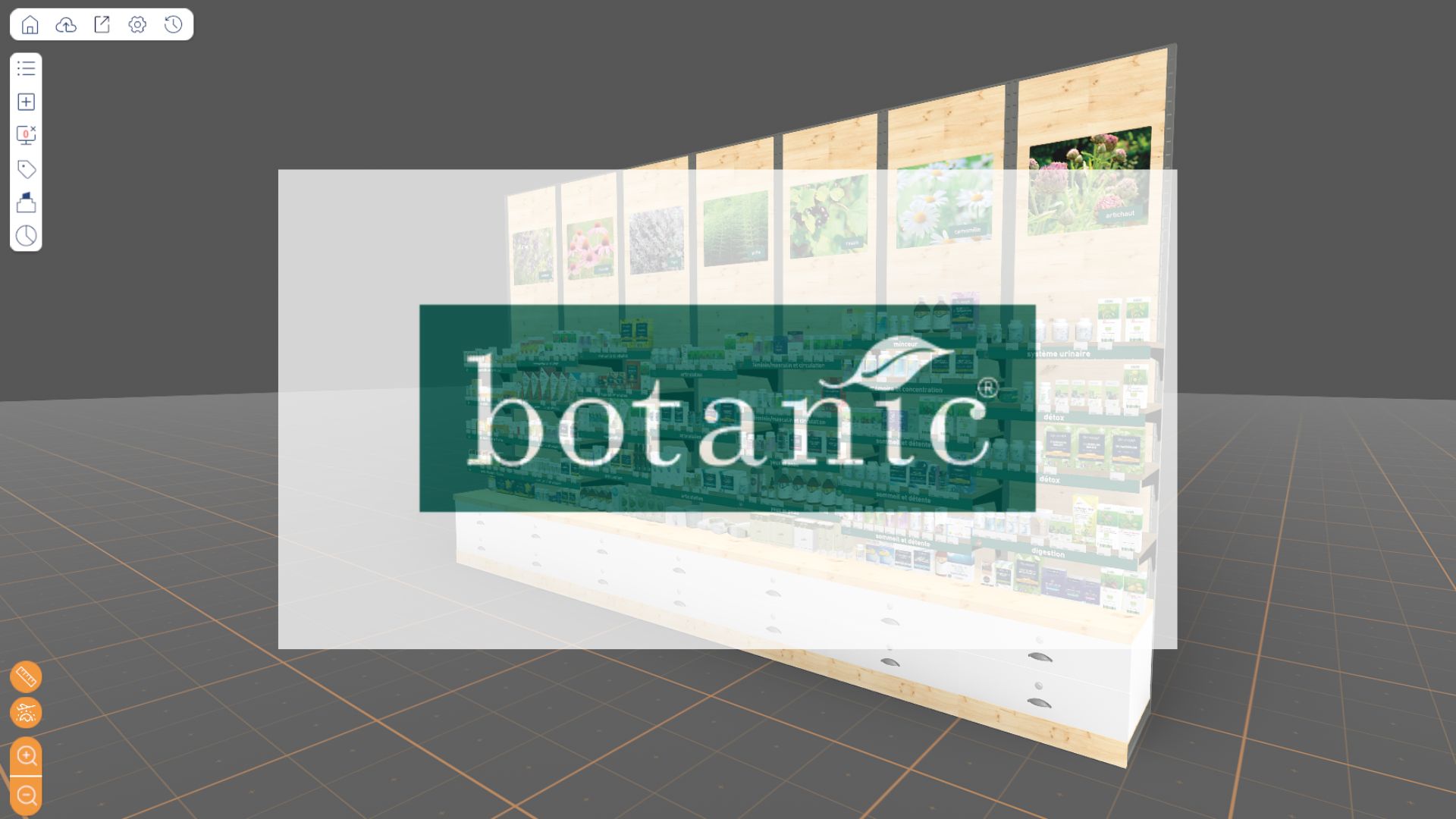Introduction
How do you validate the effectiveness of an ILV or PLV device before deploying it on a large scale?
This was the question answered by Emilie Denoyelle (Groupe SEB), Virginie Gautereau (Enov) and Adrien Zanelli (Retail VR) at the webinar "ILV, PLV: test before investing. Reduce risk and maximize impact at the point of sale".
An immersive shopper study that perfectly illustrates how 3D now makes merchandising decisions more reliable, and reduces the cost and carbon footprint of physical testing.
Understanding the stakes: reducing risk and objectifying decisions
A retail environment under pressure
In an environment where every linear metre counts, brands are looking to improve the performance of their POS devices while limiting costs.
Virginie Gautereau, director of Enov's qualitative research department, reminded us that POS represents a key lever for capturing shoppers' attention - but that it is often designed "on instinct", without objective validation prior to deployment.
"Our role is to help brands put the shopper back at the heart of their decisions. All too often, concepts are validated internally, without confrontation with reality on the ground."
Pre-production testing of point-of-sale and point-of-purchase displays secures investments and provides a better understanding of consumers' actual behavior when faced with an on-shelf device.
The alternative to physical testing
Physical tests, while effective, require time, money and logistical resources, and the involvement of stores is not always possible.
This is where immersive shopper research provides an agile alternative: reproduce the store or department virtually, place several variants of ILV or PLV, and observe shoppers' reactions in a realistic but digital environment.
Methodology: shopper research meets 3D
Close collaboration between Enov and Retail VR
The Virtual Shopper eXperience is based on a strong complementarity between Enov's research expertise and the immersive technology developed by Retail VR.
The objective: to measure the perception, visibility and effectiveness of different ILV/PLV devices in a realistic competitive context.
We modeled the shelves concerned in 3D using Groupe SEB plans and products. Consumers could then virtually move around the shelves and interact with the various concepts.

A three-stage protocol
- Defining the study protocol - Enov designs the test hypotheses: identifying the most visible, understandable and engaging device.
- Immersive simulation - Retail VR creates a realistic virtual environment where different versions of ILV/PLV were presented in the same shopping context.
- Data collection and analysis - Shoppers tested these devices via an interactive interface, allowing us to observe their visual reactions and declarative feedback, all in a qualitative approach.
This approach enabled us to compare concepts under identical conditions, and to obtain reliable results without mobilizing physical sales outlets.
The Groupe SEB case: testing before investing
Clear objectives
Groupe SEB wanted to identify which POS system offered the best combination of visibility, message comprehension and appeal.
The aim of the study was to back up marketing choices with measurable elements rather than intuition.
"We wanted to understand what shoppers really perceive on the shelves and what attracts their attention first," explains Emilie Denoyelle.

Concrete, usable results
The tests revealed that some designs, deemed "impactful" by in-house teams, were in fact too visually busy or distracted the eye from the product.
On the other hand, simpler materials were easier to read and the key message more memorable.
Virginie Gautereau emphasizes:
"The interesting thing about this study is that it doesn't just say what people prefer; it shows what they see and what they understand."
These lessons have enabled Groupe SEB to choose the most effective devices,optimize the ROI of ILV/PLV campaigns and reduce the risks associated with production and deployment in the field.

A replicable model for other brands
This approach, at the crossroads of research and technology, is establishing itself as a new standard for shopper research.
Beyond the Groupe SEB case, this method can be applied to other brands and categories: it combines the precision of behavioral analysis with the speed of immersive digital testing.

Towards a new merchandising culture
This collaboration illustrates the evolution of merchandising towards a more data-driven and experiential approach.
Immersive shopper research is becoming a strategic tool for optimizing budgets, accelerating decision-making and aligning marketing, trade and sales teams around a shared vision of the shopper.
Would you like to test your point-of-sale displays before deployment?
Find out how Retail VR and Enov can help you transform your ILV/PLV tests into real shopper immersive studies. immersive shopper researchcombining methodological rigor, behavioral data and the power of 3D.




.png)
.webp)
.webp)
.webp)